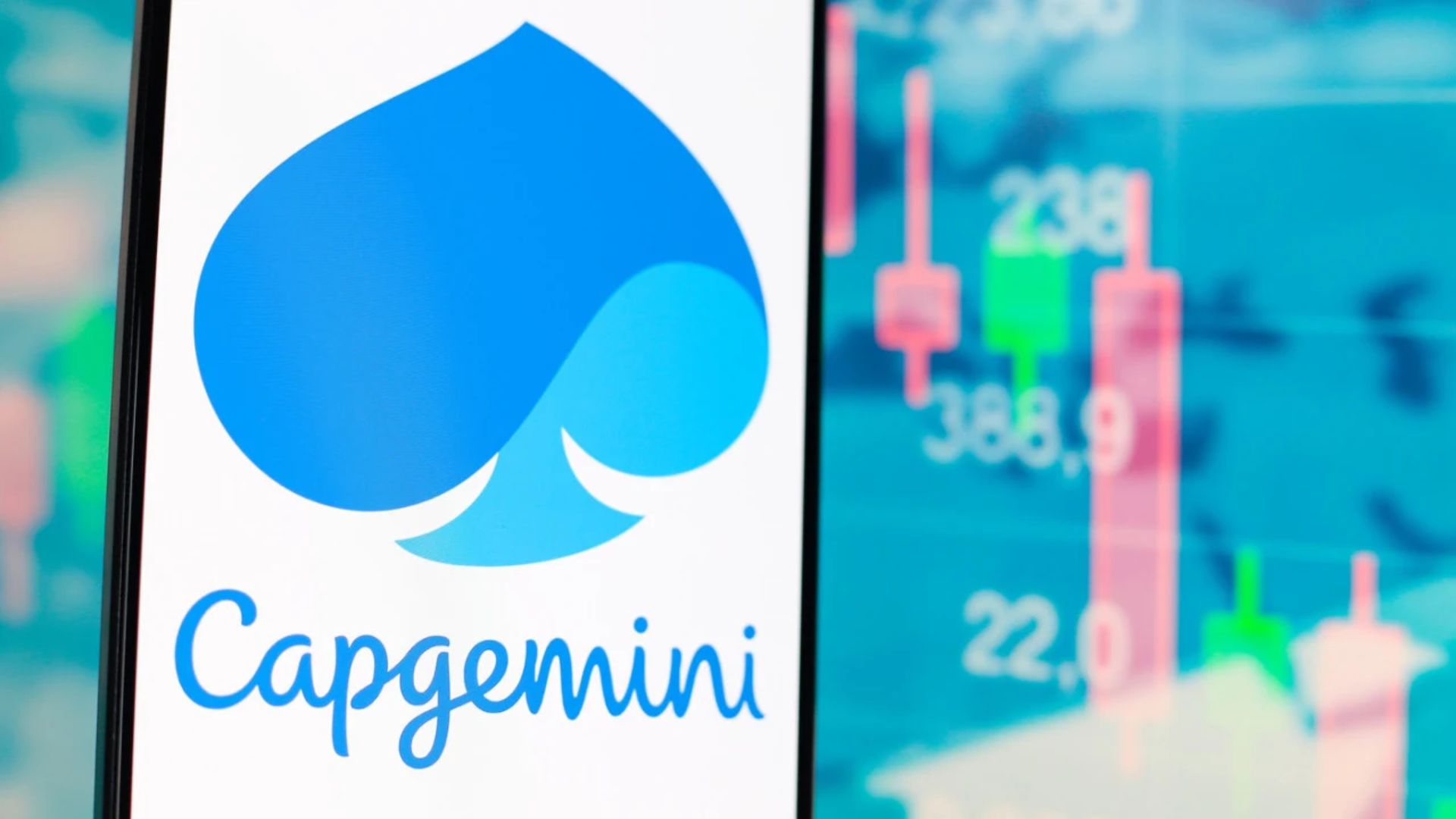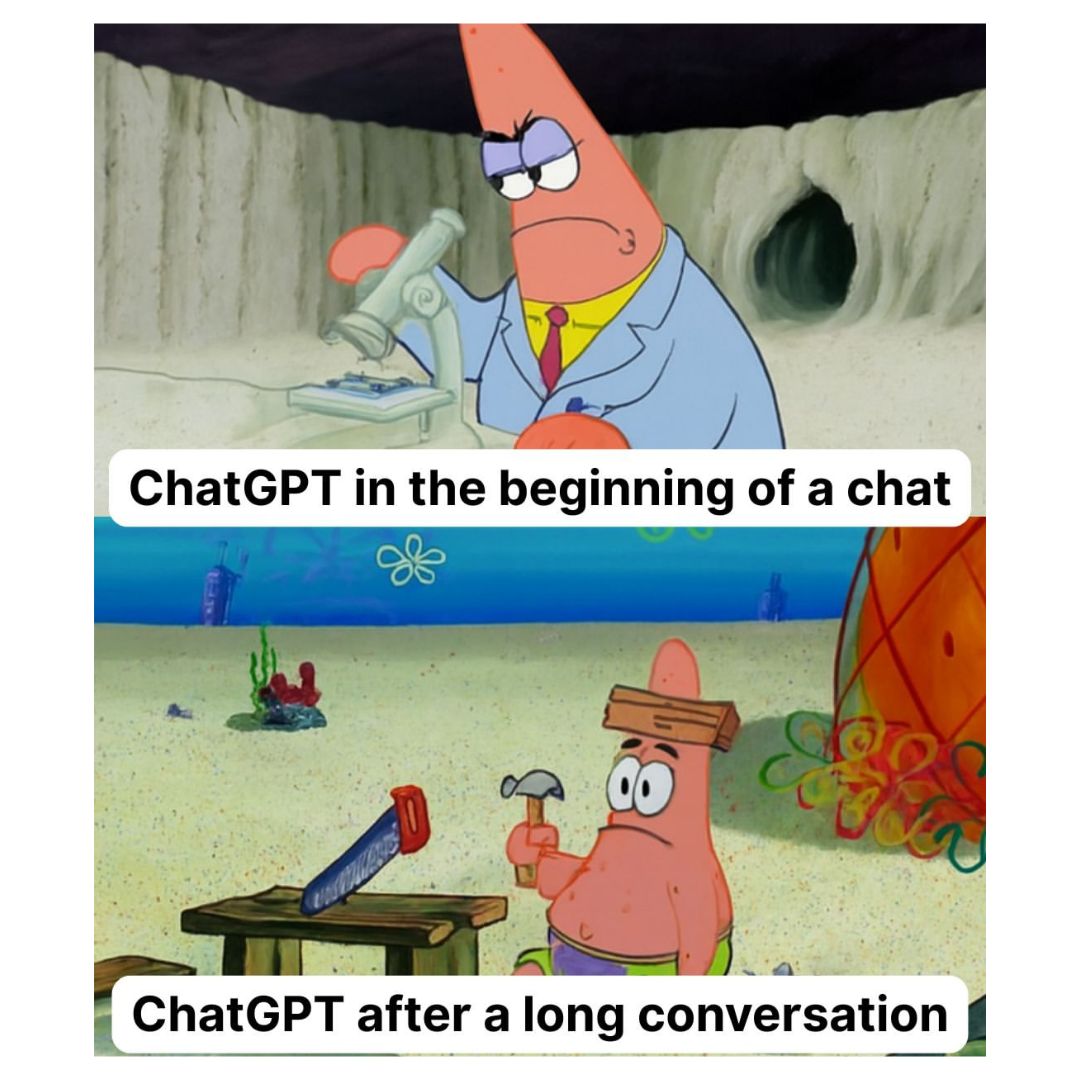
Today, we’re bringing you the latest in AI-powered marketing and business strategies. Here’s what’s inside:
🚨 AI Top Story: How brands are turning the “AI look” into their new visual identity.
🌟 AI Use Case Of The Week: See how Capgemini used AI to spot real buyer intent and stop chasing dead leads.
🎯 Killer Marketing Prompt: Discover the emotional triggers that make your audience click, buy, and care.
🎥 AI YouTube Resource Of The Week: Get the inside scoop on OpenAI’s $300B bet and what it says about their path to AGI.

2025 Was The Year Branding Went Synthetic
Fake Became Fashionable

You can spot an AI image instantly now. The skin looks too smooth, the lighting too perfect, and the reflections too precise. Not long ago, brands tried to hide that. They added grain, distorted edges, and softened shadows to make the work feel more human. Now a new wave of creatives are doing the opposite. They are leaning in. They are saying, yes, this is synthetic, and turning it into a design choice.
That shift is showing up across fashion and media. Some of the most striking visuals from New York Fashion Week used AI to mix projections, generative environments, and live models. The result looked closer to a sci-fi film than a runway show. In luxury fashion, fake campaigns like the AI-created Jil Sander images caught attention precisely because they felt unreal. It was not about tricking anyone. It was about exploring what that artificial quality could communicate.
Other brands are taking a quieter path. They use AI under the hood to blend textures, match colors, or build out environments, but they do not advertise it. The goal is not to showcase the tech. It is to make it invisible. These visuals drift across feeds without announcement, which is exactly what the teams behind them want.
That decision, to show the machine or to hide it, is shaping how creative work looks right now. The middle ground does not land anymore. If something looks half-real, people scroll right past it. The work that stands out either feels unmistakably human or proudly synthetic.
This shift is less about software and more about identity. Brands that embrace the machine aesthetic are saying something about their place in the future. The ones that hide it are keeping the focus on story and emotion. Either way, the AI look is no longer a mistake to correct. It is a language to choose.

💻 Google launches Gemini CLI extensions to customize workflows and integrate with your favorite tools - Learn how Google’s new Gemini CLI can streamline your workflow and connect your go-to tools for faster, smarter automation.
🧠 Marketing AI boom faces crisis of consumer trust - Find out why trust is becoming the biggest challenge in AI-driven marketing and what brands can do to win it back.
👗 How can fashion brands get AI campaigns right? - See how top fashion houses are using AI without losing their brand voice — and what that balance looks like in practice.
📉 Gartner warns agentic AI startups: Prepare for consolidation - Get a clear picture of where the agentic AI market is heading and what the coming shakeout means for innovation and investment.

🎯 The Artificially Intelligent Enterprise - 5 Tips to SuperCharge Your ChatGPT Results
📻 AI Confidential Podcast - Are LLMs Dead?
How Capgemini Used AI to Detect Buyer Intent

Capgemini wanted its sales teams to spend less time chasing cold leads and more time speaking with the right prospects. To get there, they turned to Aptivio, a platform that blends AI with real-time market signals. Instead of relying only on CRM records and traditional lead lists, Aptivio looked at how companies were behaving online - what they were searching for, which content they were engaging with, and where there were signs of active buying interest.
The result was a clearer picture of which accounts were actually in-market and worth a rep’s attention. By layering these external signals onto existing CRM data, Capgemini was able to surface hidden opportunities that would otherwise have slipped under the radar
How It Worked
Listening for signals
Aptivio scanned digital footprints: website visits, content downloads, social interactions, and other behavioral clues.
Matching to CRM
These signals were tied back to Capgemini’s own account data, giving reps a live feed of which companies were warming up.
Prioritising opportunities
Instead of long lists of “maybe” accounts, reps saw a ranked view of who was most ready to talk and why.
Guiding outreach
With context behind each signal, sales teams could tailor conversations to the prospect’s actual interests and timing.
Why It Worked
Sharper focus
Sales stopped being a numbers game and became more about timing and relevance.
Time saved
Reps cut down on unproductive prospecting and doubled down on the accounts that mattered.
More wins
Aptivio’s case study notes that Capgemini surfaced significantly more sales-ready opportunities than with traditional prospecting methods.
Stronger alignment
Sales and marketing could finally work from the same intelligence, ensuring campaigns landed with accounts that were already showing intent.

Discover The Psychology Behind Great Copy
This week’s prompt helps you get under the skin of your audience instead of guessing what makes them click. It uses consumer psychology to pinpoint the exact emotional triggers that drive action for your specific product and market. Drop in your audience details, and you’ll get a list of five precise motivators you can use to shape stronger copy, sharper hooks, and campaigns that actually connect.
You’re a consumer psychologist and senior copy strategist hired by a brand that sells [insert product or service] to [insert target audience, e.g. Gen Z professionals / parents / B2B decision-makers].
Here’s the audience description:
[Paste your audience profile, demographic data, psychographic notes, or research summary here.]
Analyse this audience deeply and list the top five emotional triggers that will most effectively drive engagement and conversion in copywriting.
For each trigger, include:
A short explanation of why it matters to this audience
The tone or language style that best activates it
One example of a phrase or messaging angle that would work
Keep your insights specific to the product, the audience, and the buying context. Avoid generic motivators like “trust” or “value.” Focus on actionable emotional levers that can guide creative and campaign development.
OpenAI’s $300B Bet, Agents That Work Alone, and What It Means for You
Grasp why OpenAI’s $300B Oracle compute deal could flood the market with cheaper, omnipresent AI and what that means for your roadmap.







